David Hockney plays with our perception of fine art in Palm Springs
'David Hockney: Perspective Should Be Reversed' is currently on show at the Palm Springs Art Museum
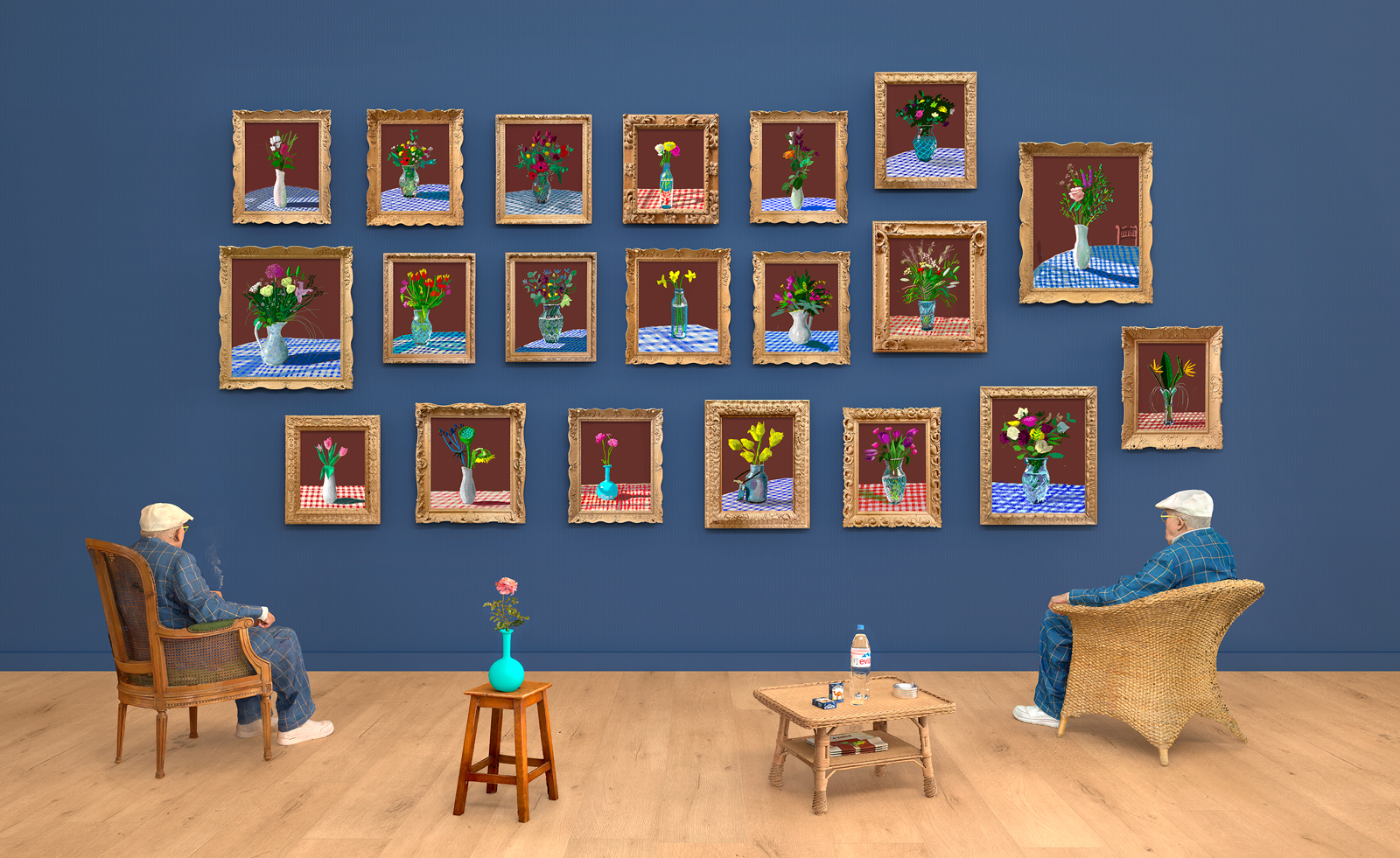
David Hockney is one of the world’s most famous living artists — pioneer of gay identity, icon of swinging ‘60s London, chronicler of people and places in his adopted city of Los Angeles, scholar of Picasso— and the subject of countless retrospectives. However, a show at the Palm Springs Art Museum addresses all of that and more with the revealing title David Hockney: Perspective Should Be Reversed: Prints from the Collections of Jordan D. Schnitzer and His Family Foundation.
Comprised entirely of prints ranging from the traditional lithography Hockney began in the 1950s to his current mastery of the iPhone and iPad, the 160 works are from the singular Jordan Schnitzer. The Portland, Oregon collector, owning more than 20,000 pieces of modern and contemporary art, has devoted himself to acquiring complete sets of editioned works by contemporary legends like Jasper Johns, Ellworth Kelly, John Baldessari and others. He says, “Once I bought that first work of art, it just never stopped. Now I have no sense of ownership but a great sense of stewardship.” The Schnitzer Foundation regularly funds and supports exhibitions of their prints.
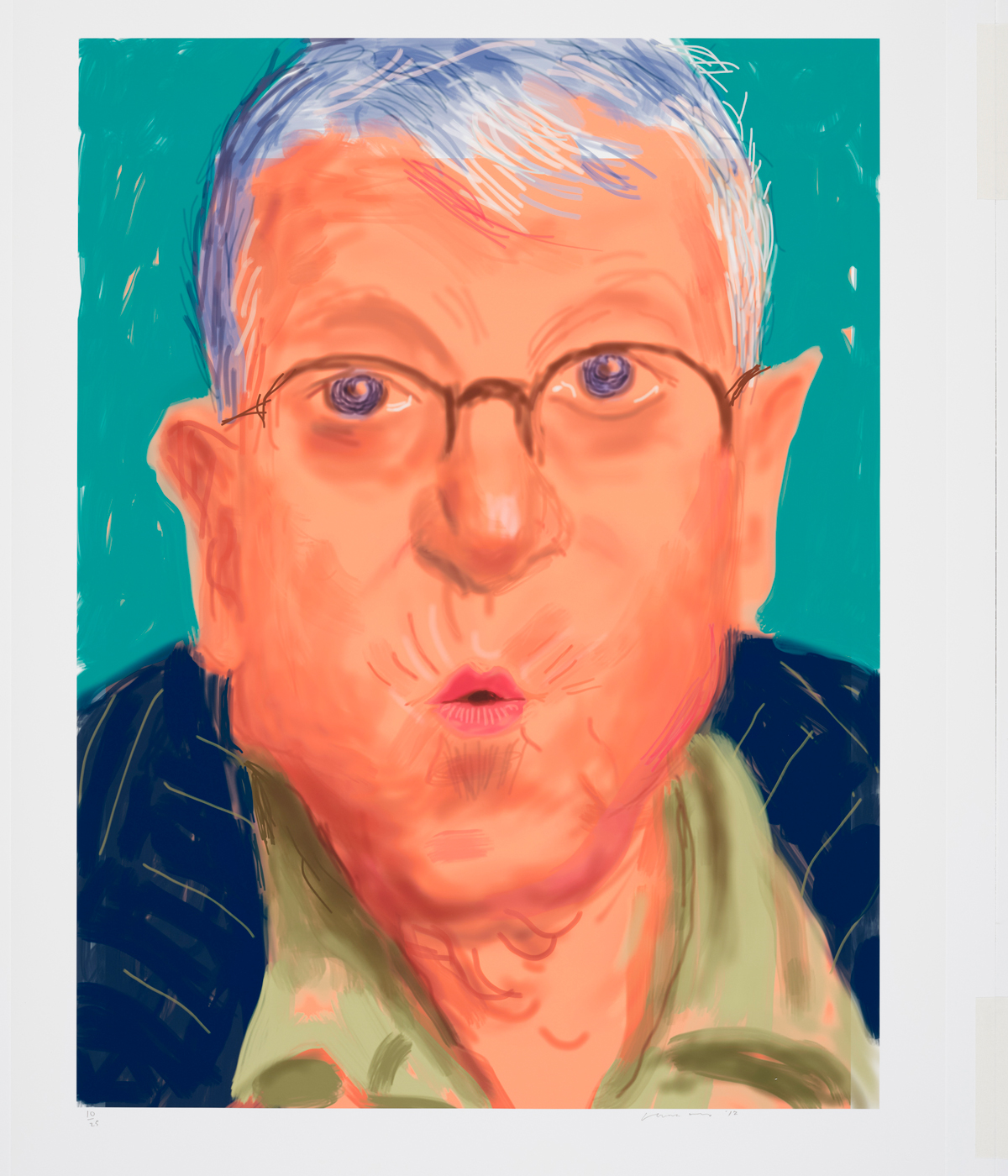
David Hockney, "Self Portrait IV, 25th March 2012" iPad drawing printed on paper Edition of 25
Though many have tested the boundaries of printmaking, Hockney has used it to question what constitutes fine art. The consummate painter and colourist embraces untested technologies. The show includes his chaotic collages of multiple photographs to explore ideas about Picasso’s use of perspective. It was through photography that he began researching the camera lucida, its role in Renaissance painting and ideas about “reversing perspective.”
“The moment you realise what Picasso is doing, how he is using time as well—and that is why you could see round the back of the body as well as the front—once you begin to realise this, it becomes a very profound experience, because you begin to see what he is doing is not as a distortion and slowly, it then begins to look more and more real, in fact, it is naturalism that begins to look less and less real.”
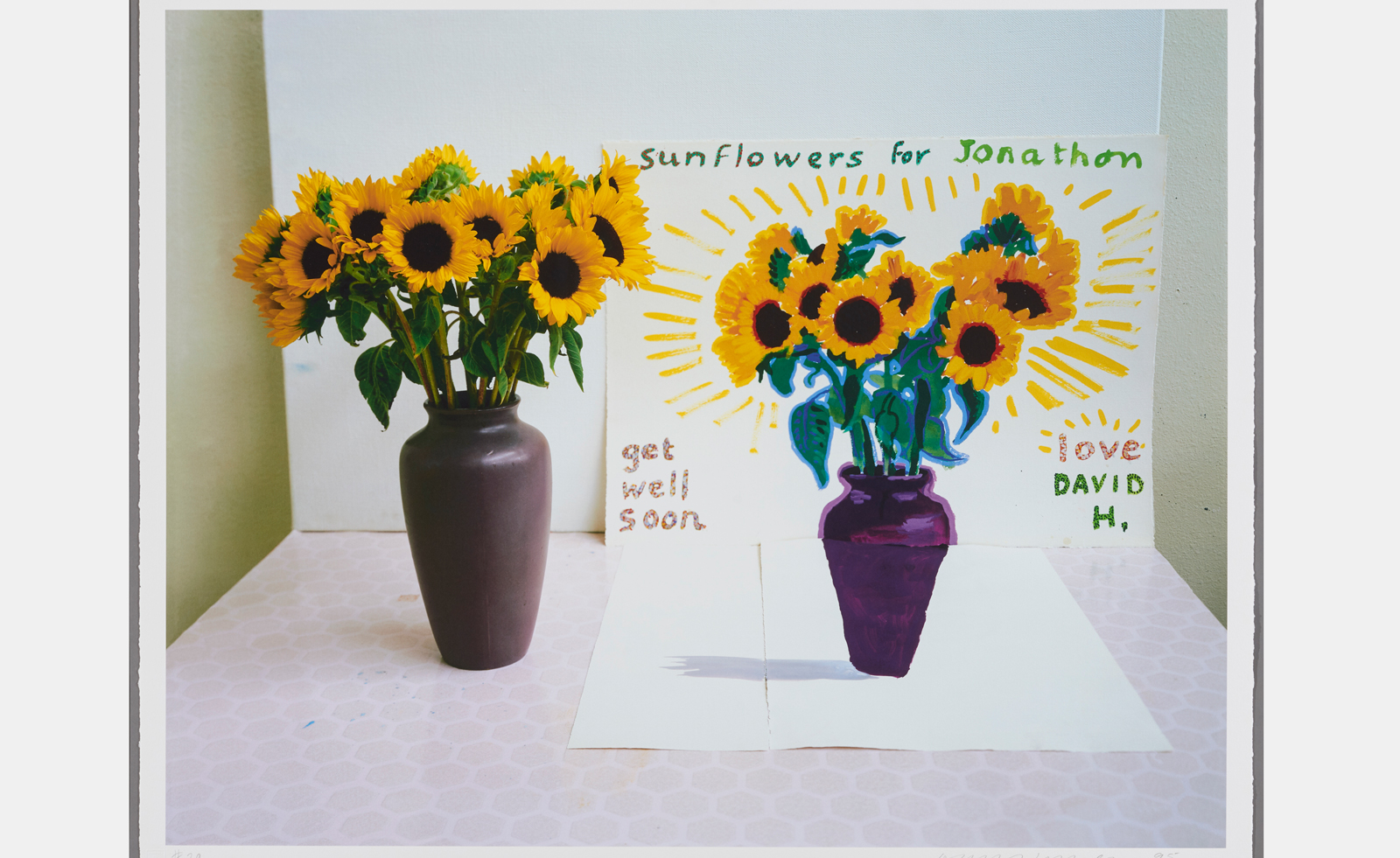
David Hockney, "Photography is Dead Long Live Painting 26th Sept. 1995" Digital inkjet print. Photo Credit: Steve Oliver
Using a Pentax camera, Hockney combined numerous snaps to complete a portrait of his visiting mother in a way that she is swept into the tumult of his shelves of Zervos catalogs and his own Picasso painting while her white handbag and green suitcase lay touchingly on the carpeted floor. 'My Mother Los Angeles' (1982) exemplifies his exploration of Cubist perspective, which evolves throughout the exhibition.
Hockney gravitated to technological innovation in tandem with his interest in Picasso. Using a xerox machine in the 1980s, he made numerous still lifes and interiors whose charm is at odds with their humble origins. He liked the immediacy of printing an image, changing it and reprinting it on the spot.
But it is digital technology that has captured his heart and mind. “Digital photography can free us from a chemically imposed perspective that has lasted for 180 years,” he insists. A 2014 'photographic drawing' titled 'Perspective Should Be Reversed' features images of his friends standing in a room with a drawn red table that appears to move towards, instead of away, from the viewer. The real and invented coalesce.
Wallpaper* Newsletter
Receive our daily digest of inspiration, escapism and design stories from around the world direct to your inbox.
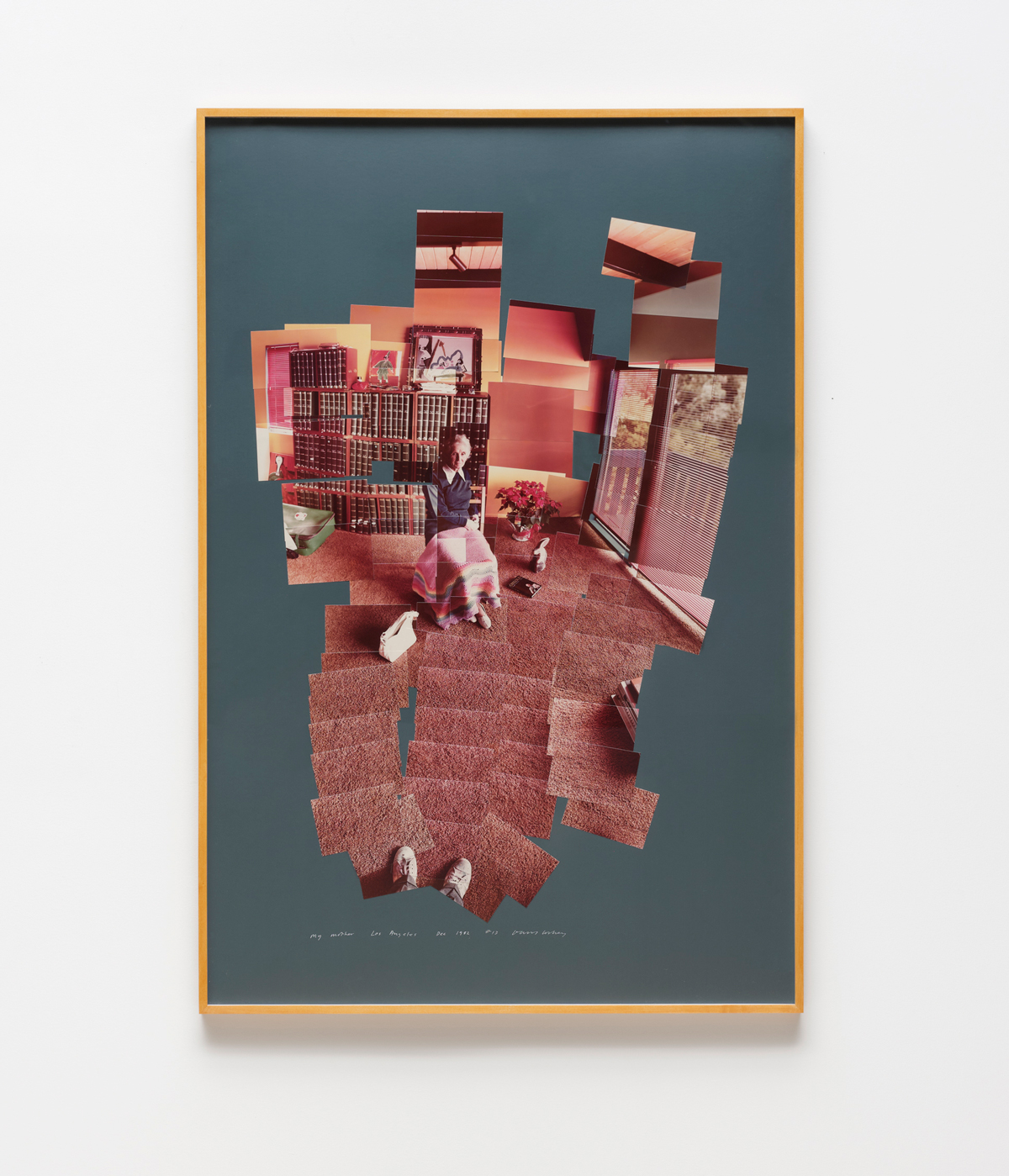
Davi Hockney, photographic collage
Now living in France, the 87-year-old Hockney draws and paints on an iPad as though working on a sketching block. Far from a limitation, it seems to have unleashed ever more ambitious endeavours. In 2019, fascinated by the ways narrative unfolds sequentially in the Bayeux Tapestry, he drew scenes of his house and studio in the Normandy countryside in the seasonal hues of spring and fall. Each is inkjet printed on a 40-foot long band of paper.
More than a dozen of his 2021 floral iPad paintings, all hung on a Wedgewood blue wall, prove the variety Hockney can achieve. There is a double self-portrait of the artist himself, seated in two different wicker chairs, looking at these works in his studio. Taking the cue, the museum used lovely coloured walls throughout the show to compliment the works on paper.
The Hockney show originated at the Honolulu Art Museum but was expanded by the Palm Springs curator Christine Vendredi and director Adam Lerner to include earlier, more sexually provocative work for the museum’s new Q+ initiative highlighting work by artists who identify as LBGTQ+. Schnitzer says, “This is an exceptional exhibition, not only for the community here but for any of us dealing with how we evolved.”
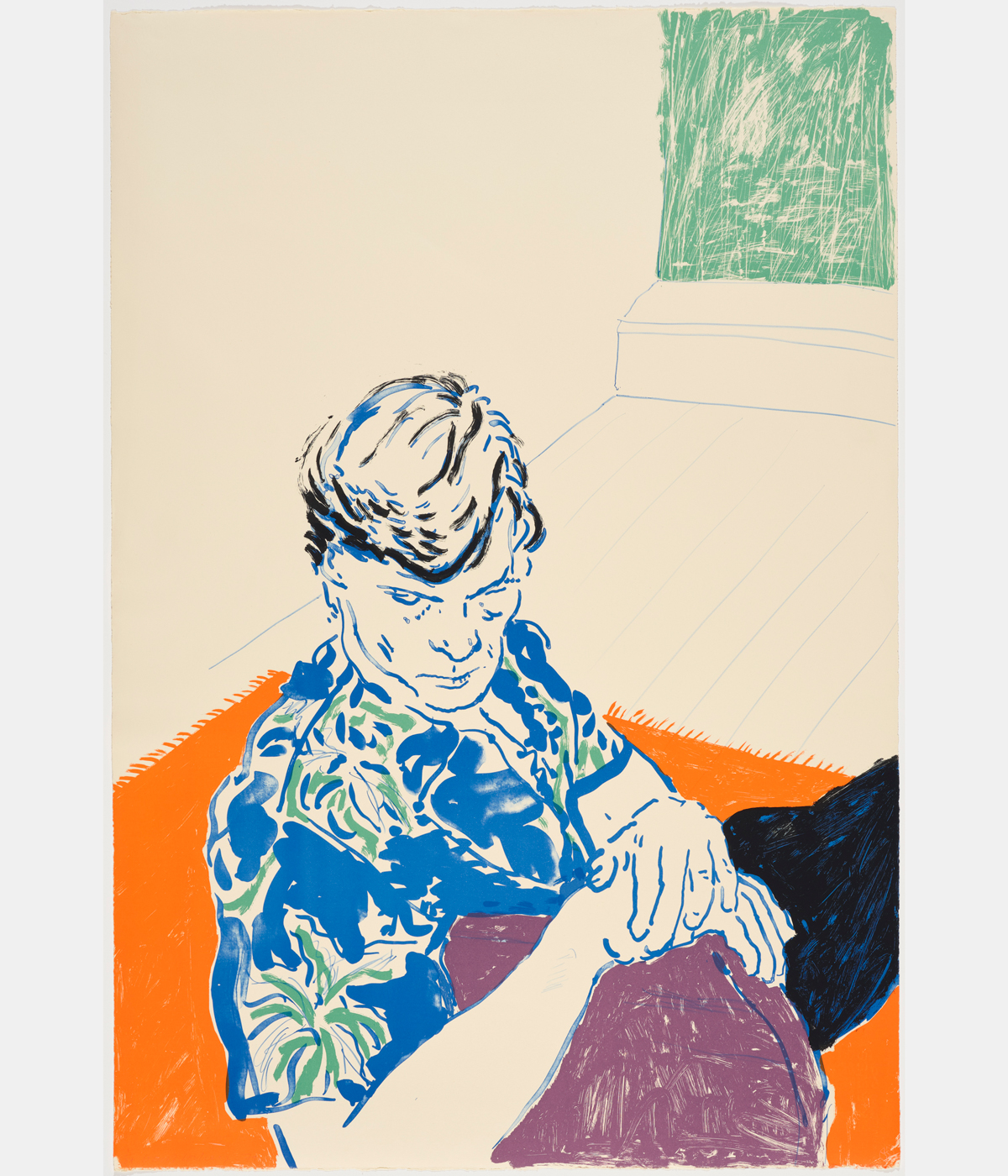
David Hockney, "Joe with Green Window" 1979 Lithograph. Edition of 54 © David Hockney / Tyler Graphics Ltd.
Lithographs from Hockney’s 1966 response to the poems of C.P.Cavafy include a delicate rendering of a pair of naked men in bed. Gay friends are featured throughout the show including a print of L.A. icons author Christopher Isherwood and artist Don Bachardy — also one of Hockney’s most renowned paintings — and the prominent art dealer Nick Wilder. There are prints devoted to lovers and partners throughout the years.
The variety and depth of the show is a tribute to Schnitzer. It is rare collector who enables shows that provoke fresh understanding of artists in all of their phases of development.
'There is so much negative discussion about artificial intelligence,' he notes. 'But look at David Hockney when Xerox machines first came out. Look at what he did. Then polaroids and then, in 2004, when the Ipads came out, oh my God, it’s like the horses left the barn! He was able to take that technology and create some of the prettiest things ever made. It’s a joyful exhibition at a time when we all need a little joy in our lives.'
'Perspective Should Be Reversed: Prints by David Hockney from the Collections of Jordan D. Schnitzer and His Family Foundation' is at Palm Springs Art Museum until March 31, 2025
-
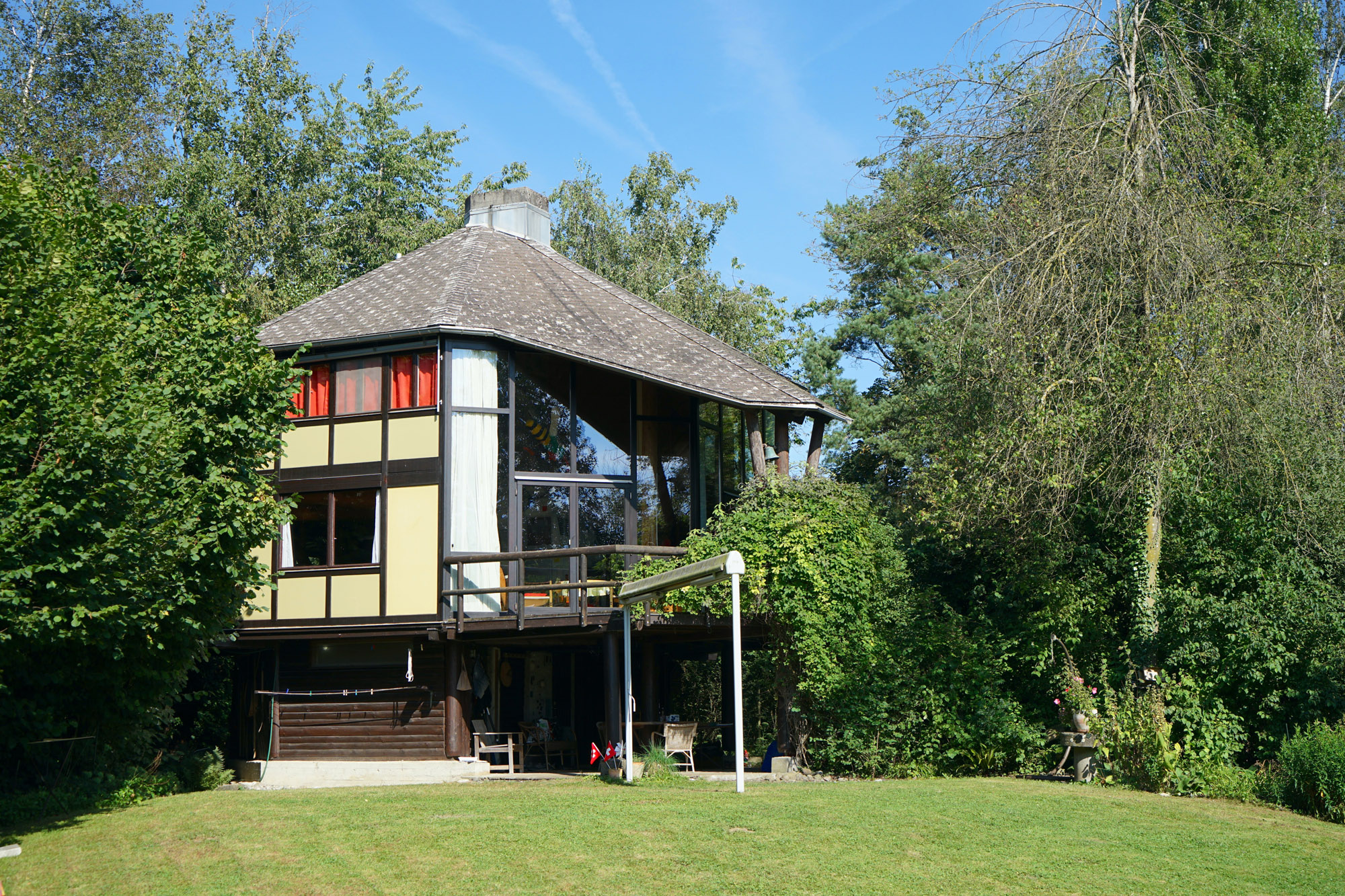 Meet Lisbeth Sachs, the lesser known Swiss modernist architect
Meet Lisbeth Sachs, the lesser known Swiss modernist architectPioneering Lisbeth Sachs is the Swiss architect behind the inspiration for creative collective Annexe’s reimagining of the Swiss pavilion for the Venice Architecture Biennale 2025
By Adam Štěch
-
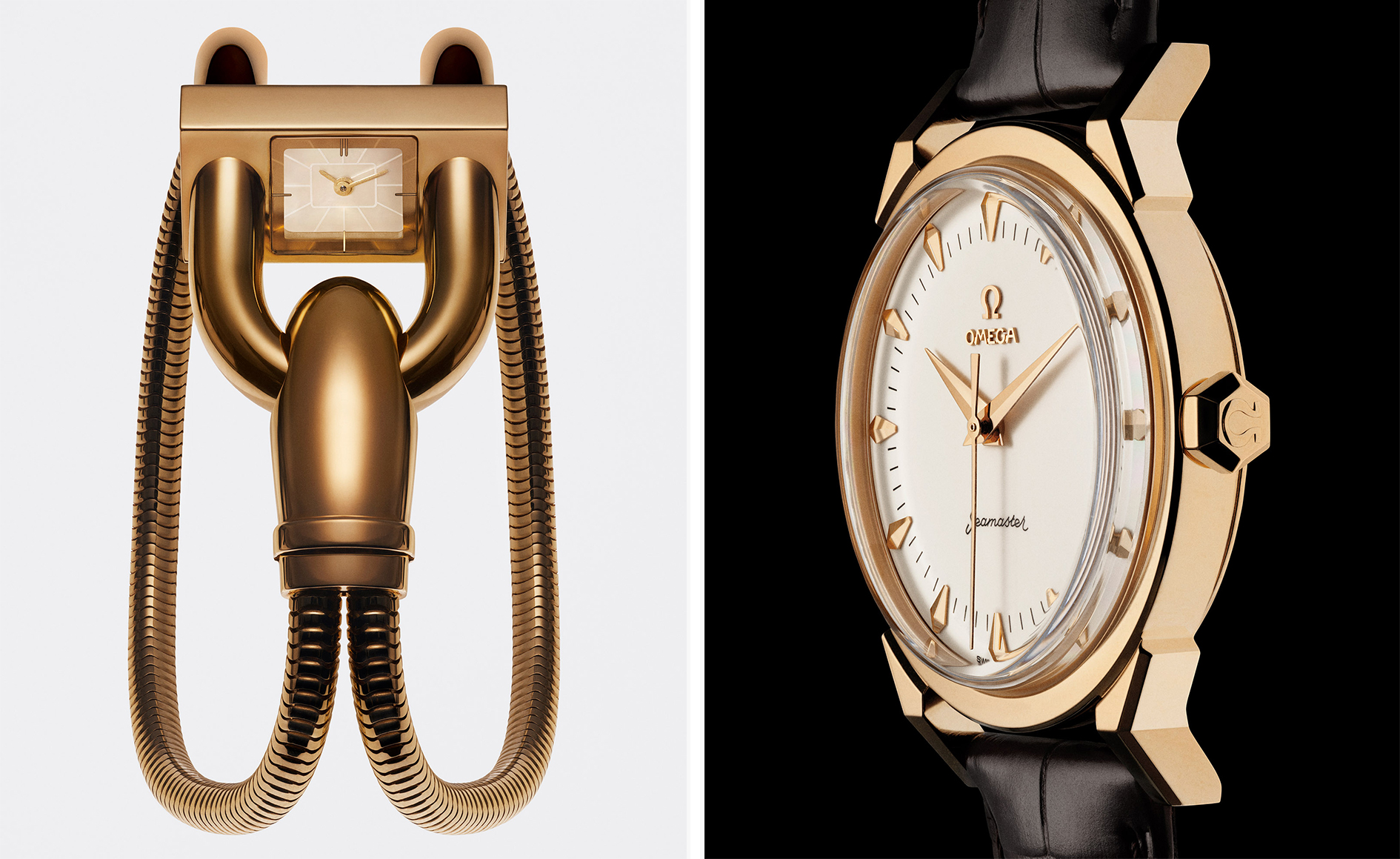 A stripped-back elegance defines these timeless watch designs
A stripped-back elegance defines these timeless watch designsWatches from Cartier, Van Cleef & Arpels, Rolex and more speak to universal design codes
By Hannah Silver
-
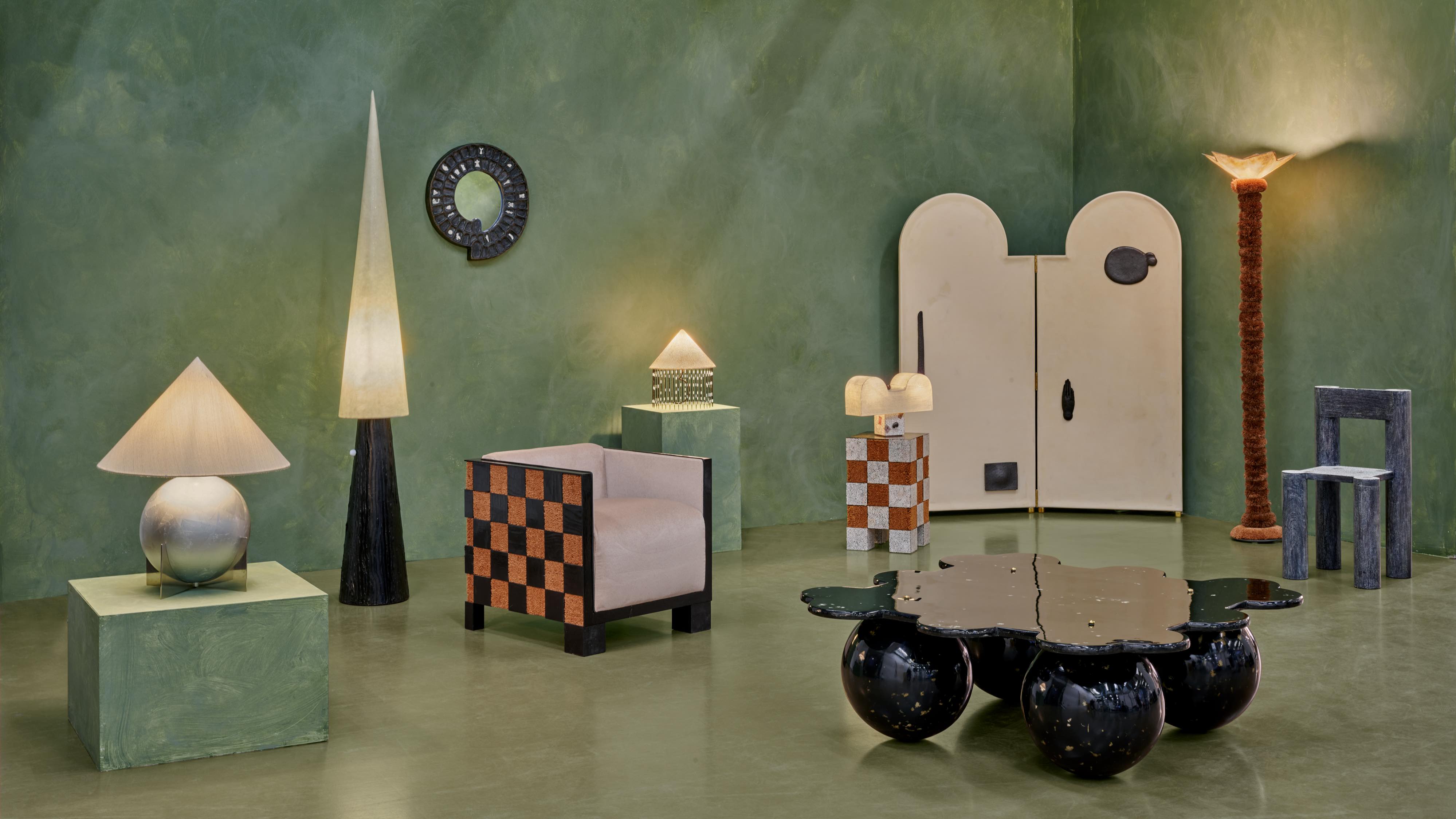 Postcard from Brussels: a maverick design scene has taken root in the Belgian capital
Postcard from Brussels: a maverick design scene has taken root in the Belgian capitalBrussels has emerged as one of the best places for creatives to live, operate and even sell. Wallpaper* paid a visit during the annual Collectible fair to see how it's coming into its own
By Adrian Madlener
-
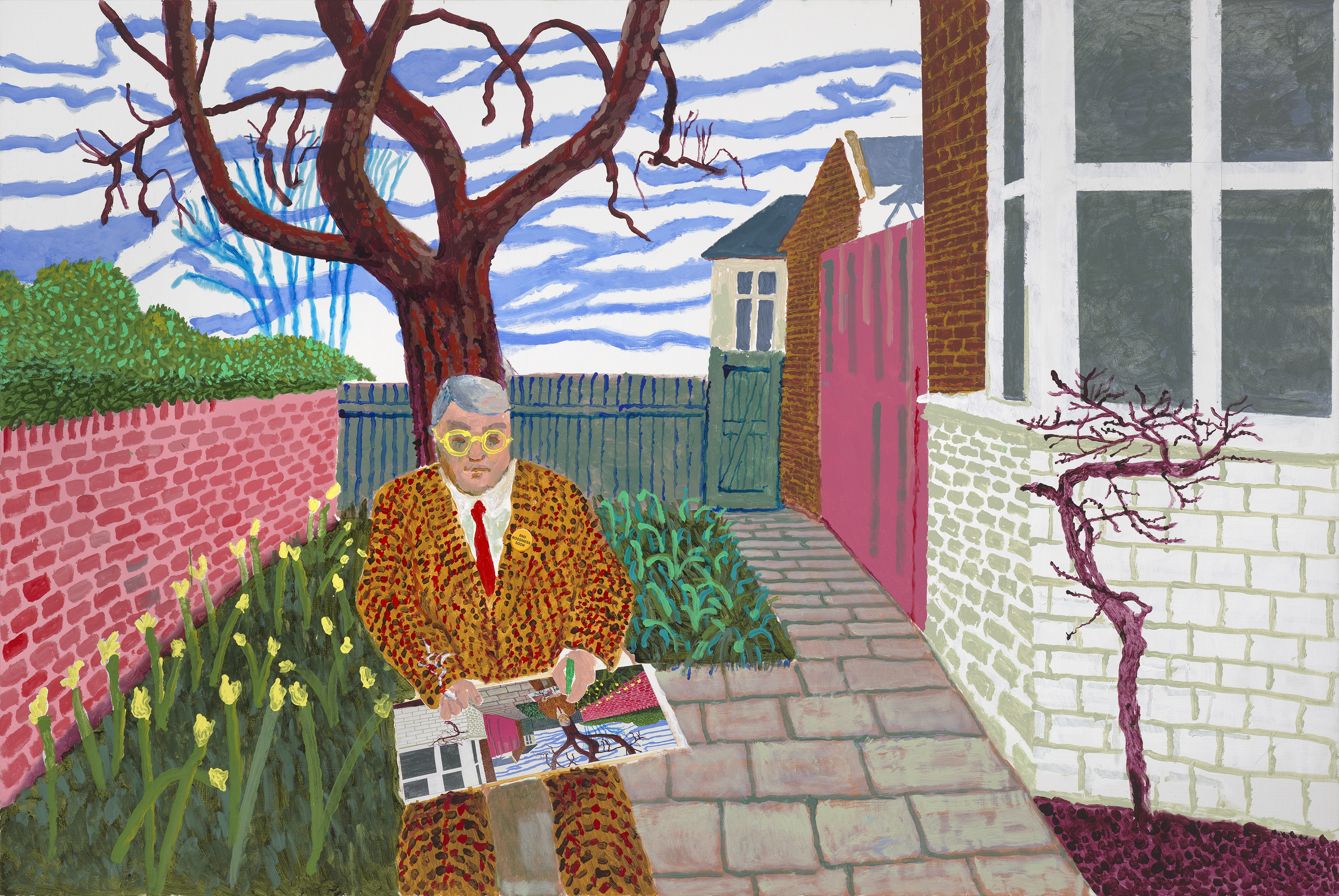 ‘David Hockney 25’: inside the artist’s blockbuster Paris show
‘David Hockney 25’: inside the artist’s blockbuster Paris show‘David Hockney 25’ has opened at Fondation Louis Vuitton in Paris. Wallpaper’s Hannah Silver took a tour of the colossal, colourful show
By Hannah Silver
-
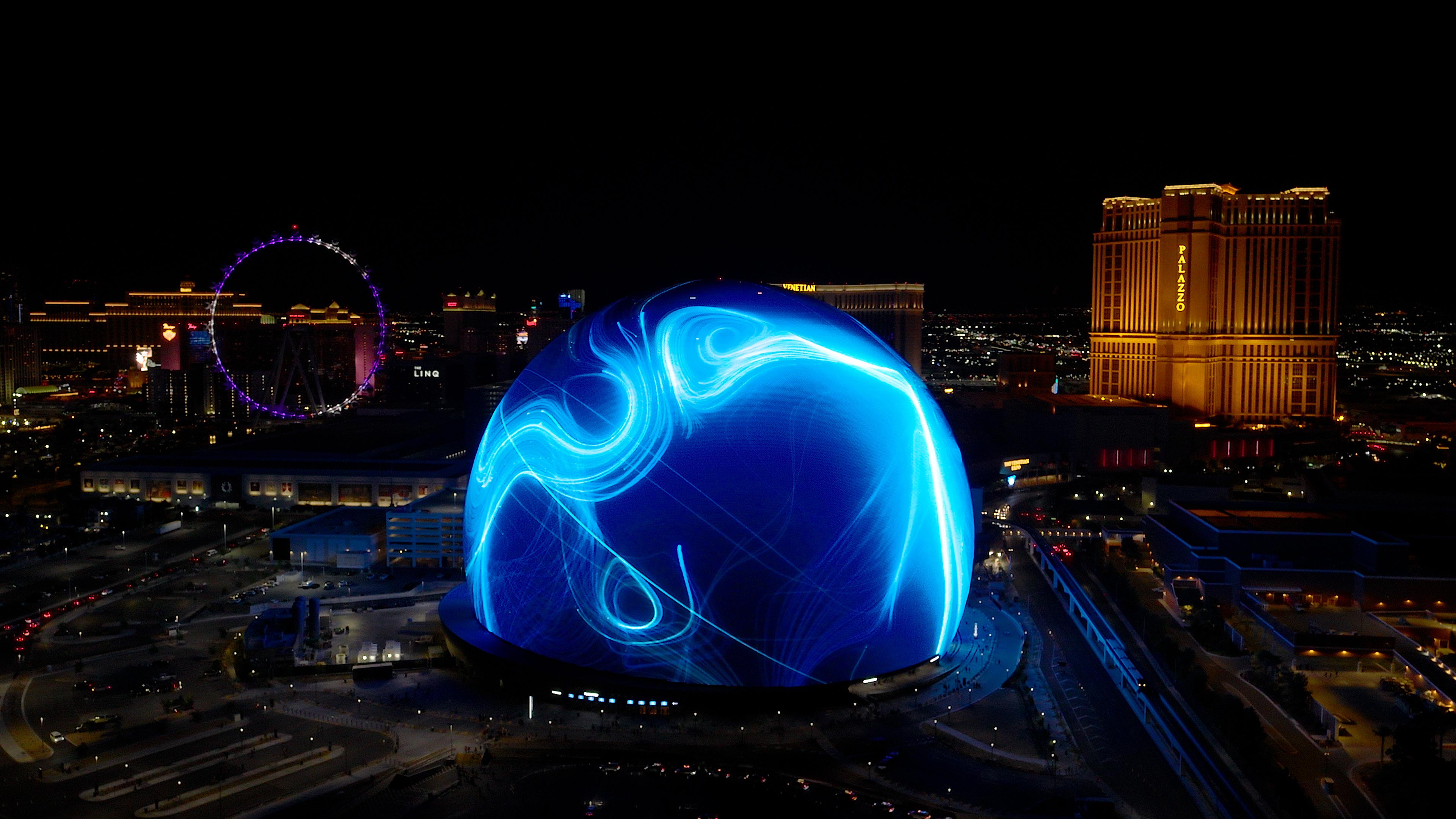 First look: Sphere’s new exterior artwork draws on a need for human connection
First look: Sphere’s new exterior artwork draws on a need for human connectionWallpaper* talks to Tom Hingston about his latest large-scale project – designing for the Exosphere
By Charlotte Gunn
-
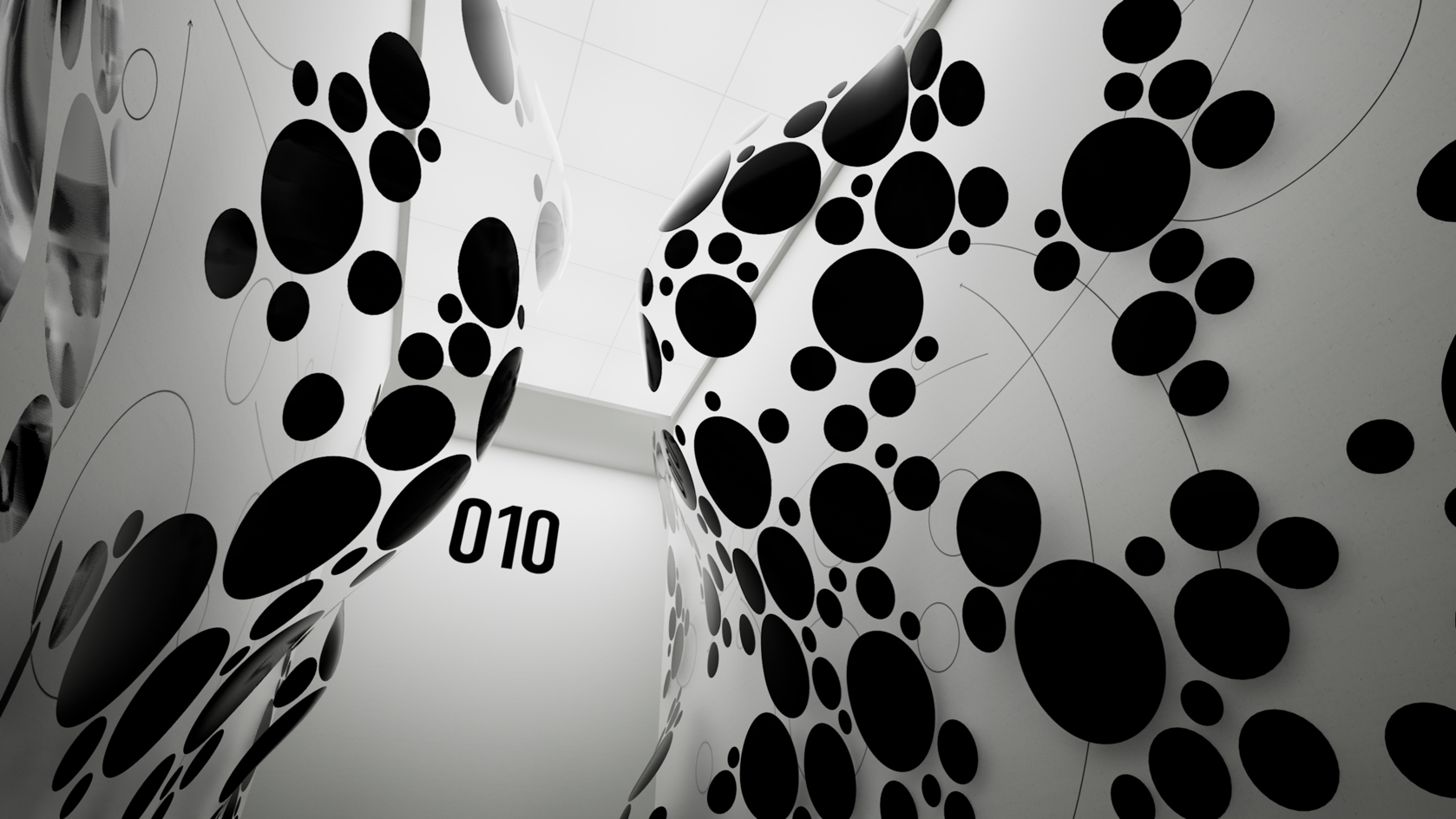 Maxim Zhestkov’s mindbending VR art museum functions like a video game
Maxim Zhestkov’s mindbending VR art museum functions like a video game‘Modules’ by digital artist Maxim Zhestkov is a VR art gallery where impossible physics feels palpable. We visit the artist’s London studio to experience the whole thing
By Harriet Lloyd-Smith
-
 David Hockney at Lightroom: a technologically spectacular journey, but is it art?
David Hockney at Lightroom: a technologically spectacular journey, but is it art?As David Hockney’s much-anticipated, and critically divided ‘Bigger & Closer (not smaller & further away)’ opens at Lightroom, London, writer Will Jennings sifts through the burgeoning landscape of immersive art experiences
By Will Jennings
-
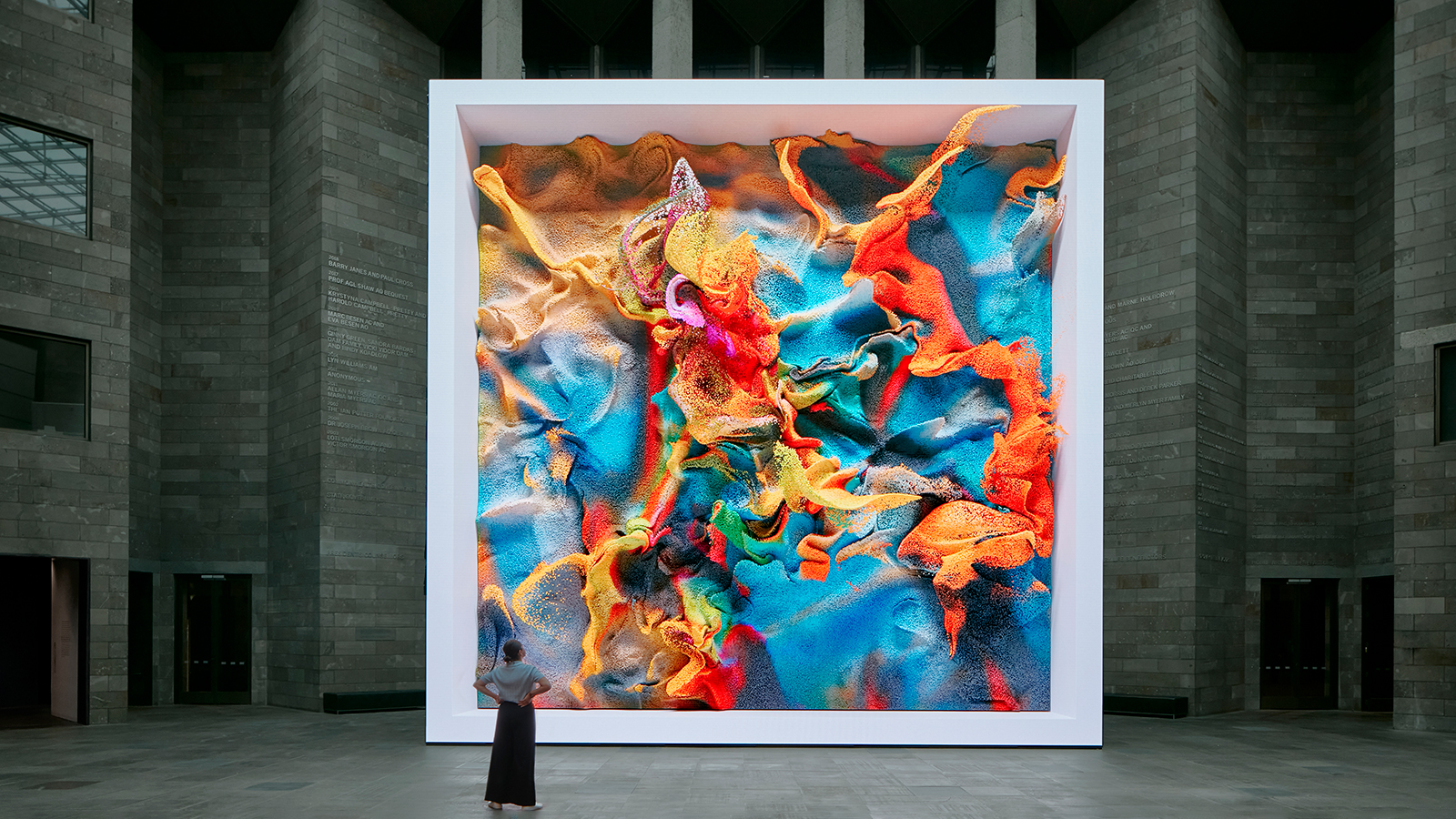 Enter the mesmerising, AI-driven world of artist Refik Anadol
Enter the mesmerising, AI-driven world of artist Refik AnadolRefik Anadol’s masterly use of data sets and AI models allows him to create dazzling ‘living paintings’, on display in MoMA’s Gund Lobby until 5 March 2023
By TF Chan
-
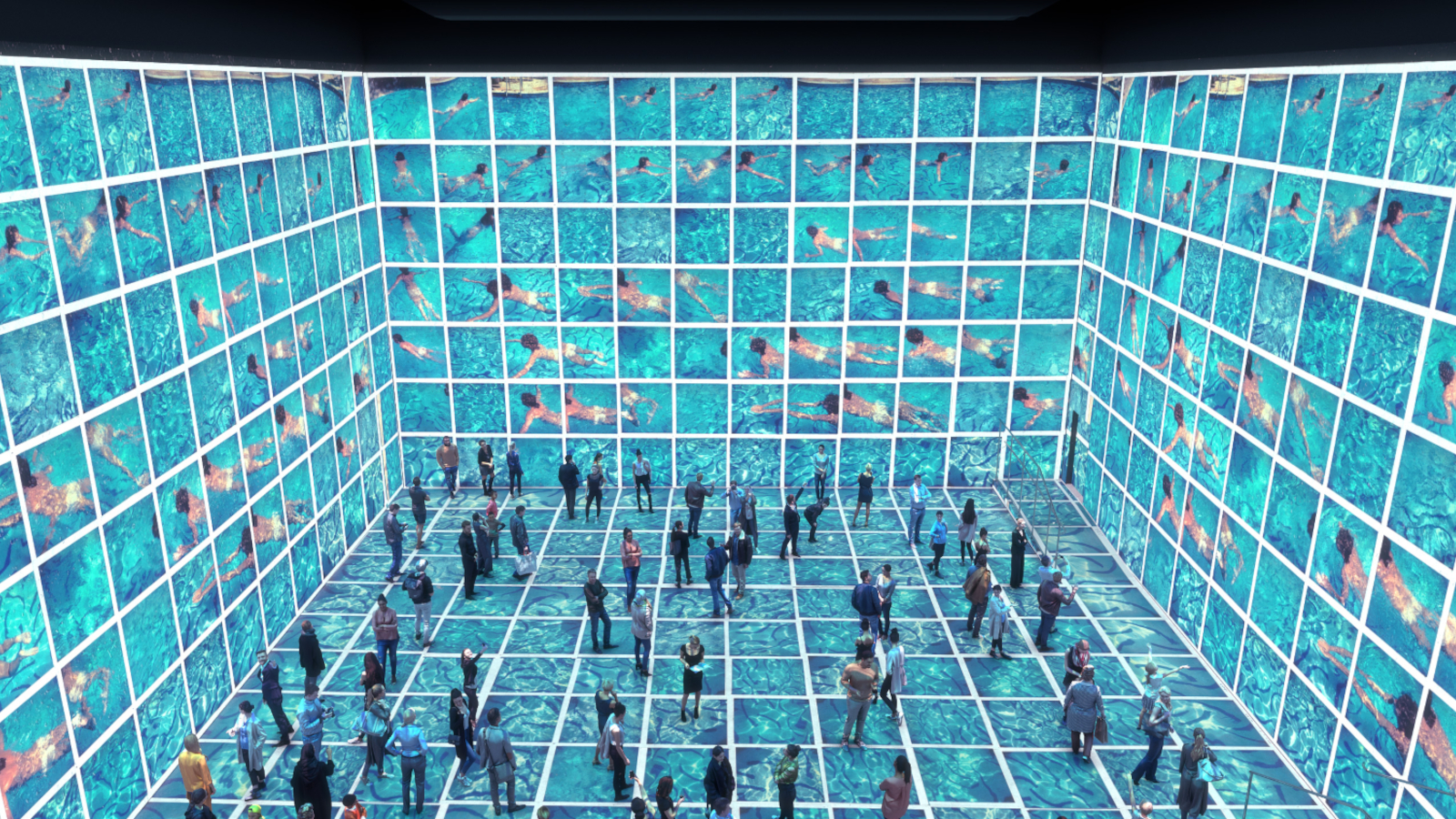 As David Hockney’s immersive art show in London opens, here’s what to expect
As David Hockney’s immersive art show in London opens, here’s what to expect‘David Hockney: Bigger & Closer (not smaller & further away)’ is now open at London’s Lightroom (until 1 October 2023)
By TF Chan
-
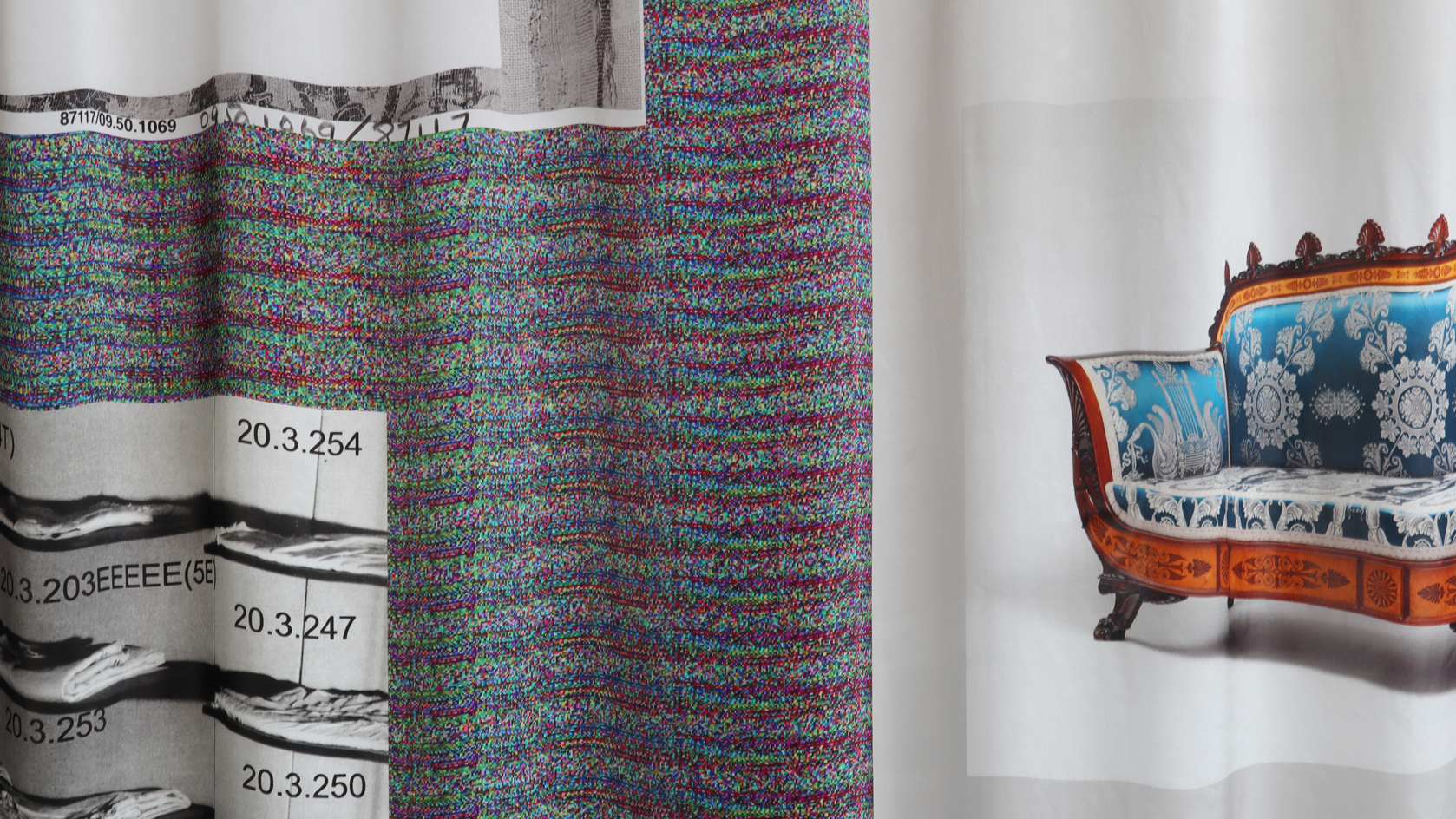 Could Instagram’s algorithm curate an art exhibition? A new London show finds out
Could Instagram’s algorithm curate an art exhibition? A new London show finds outWe’ve seen the debates surrounding AI-created art – but what about algorithmic curation? A new exhibition by University of Oxford researchers explores Instagram’s algorithm as a curator
By Harriet Lloyd-Smith
-
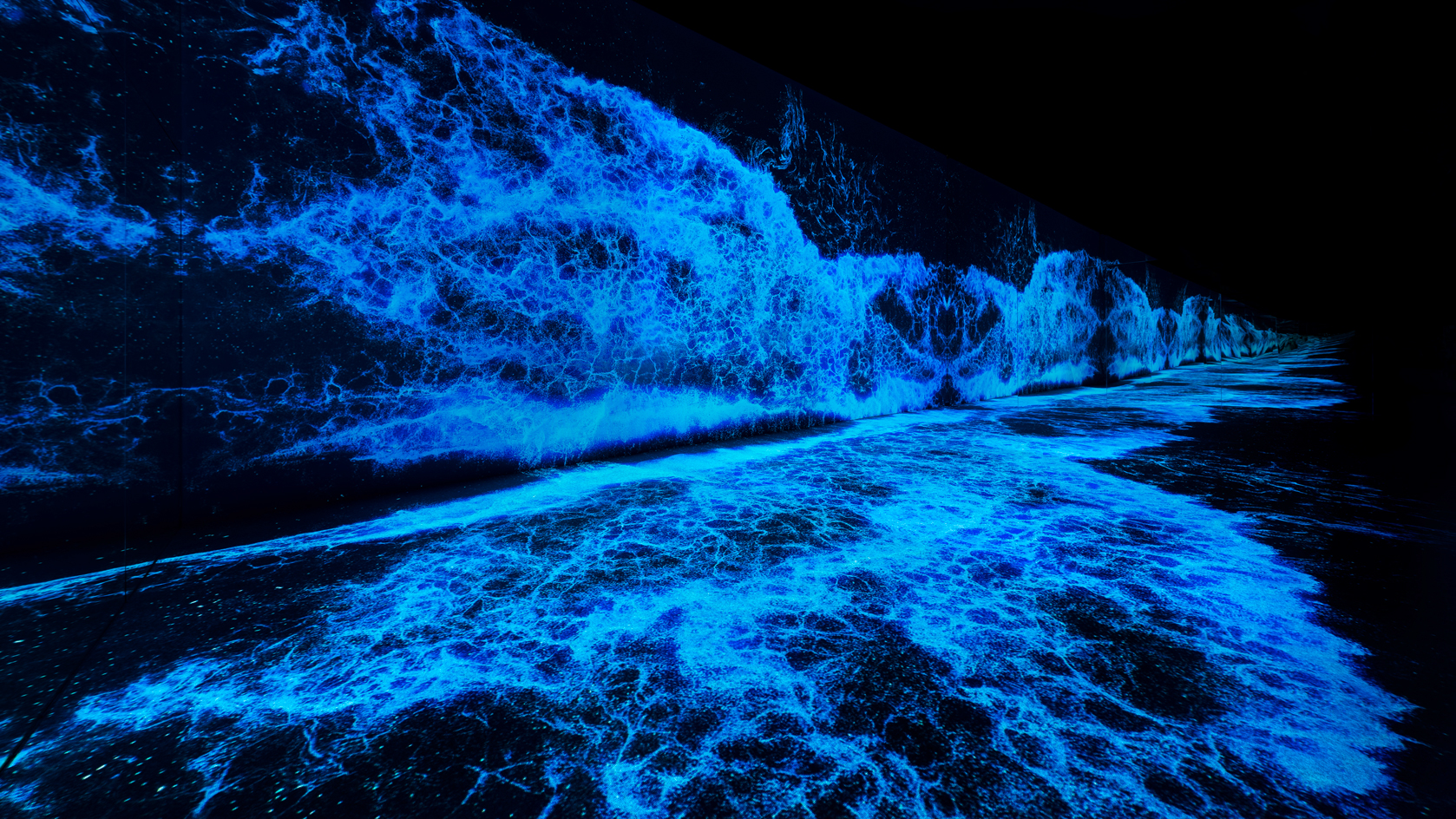 A’strict: the South Korean digital art collective bringing nature to urban life
A’strict: the South Korean digital art collective bringing nature to urban lifeAs part of our Generation Generative series, we spotlight a’strict, the artistic unit of South Korean digital media design company d’strict, whose immersive art aims to bring viewers closer to nature
By SuhYoung Yun